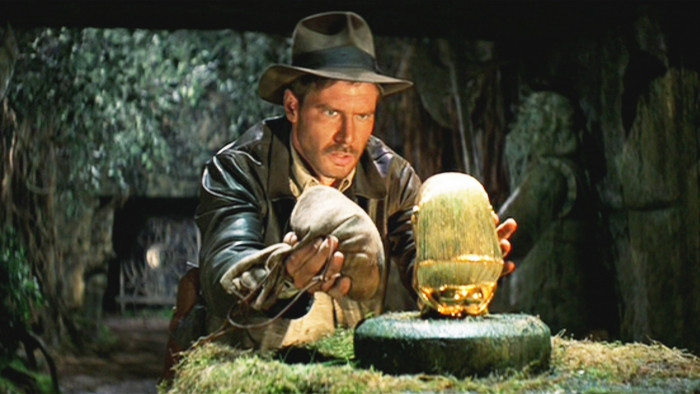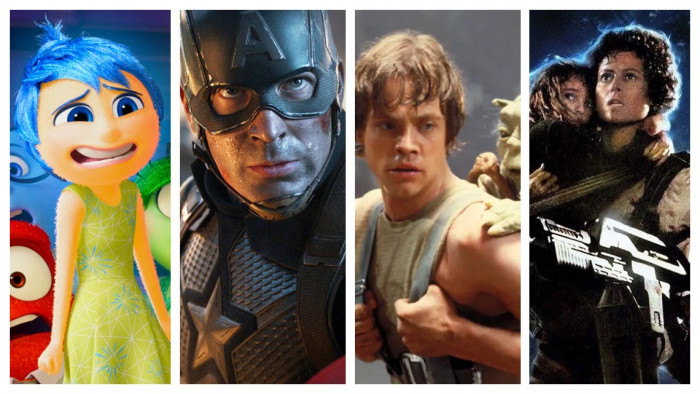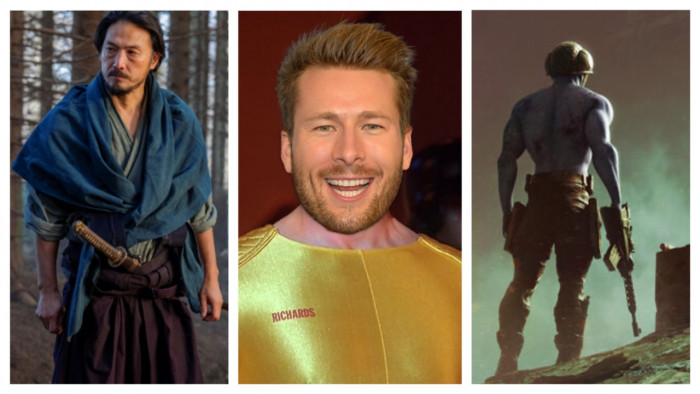How did Pixar turn kids’ films into an art form? Andrew Lowry finds out at its California HQ
Supervising animator Scott Clark is at a screen, showing me how he breathes life into Sulley, the furry co-protagonist of Monsters University. It doesn’t look a million miles away from something you could do on a laptop. “That doesn’t look too complicated,” I say, mentally polishing my CV already. Who’d have thought Pixar’s magic formula boils down to a few dots on green lines?
But then Clark hits a button. The six green lines become several thousand, the screen a complex tangle of information that would floor Rain Man himself – all to make a blue lump wave. Never have words been eaten faster.
Welcome to Pixar, the animation studio with enough tech to make Skynet blush. Founded 30 years ago as an offshoot of George Lucas’s empire, and given the unimaginative name ‘The Graphics Group’, the company was taken over by Steve Jobs following his dumping by Apple. After some initial ups and downs, 1995’s Toy Story set the Pixar template: witty, fast-paced storytelling with an emotional punch – and that unique tone of accessibility for kids, yet depth for parents, that has been imitated but rarely matched.
But these are interesting times for the formerly critic-proof studio. As an established force, and with animation requiring a small army, how does it avoid diluting the formula that birthed the Toy Story trilogy, Wall-E and Up? And with Pixar getting further into franchise territory, either with the unspectacular Cars 2 or the recently announced Finding Dory, how does it avoid accusations of selling out to sequel-hungry parent company Disney?
Not your average office
The secret sauce can be found at the company’s north California HQ. Visiting this place is like going into a strange combination of university, holiday camp and the compound of the world’s most benign cult. The building that was once a Del Monte cannery is a workplace to 1,200 people, but that doesn’t mean there isn’t space for the essentials: a swimming pool, barbecue area and beach volleyball court. Our guide is particularly keen to point out the five-a-side ‘soccer’ pitch to their British guests, just one example of the overall sweetness of the place.
Despite recruiting more PhDs than Nasa, the atmosphere is laidback and friendly. John Lasseter, the creative head honcho at Pixar and Disney, can be seen having lunch in the cafeteria with his loyal legions of animators and administrators.
And those legions run the personality gamut, from the Hawaiian-shirted Comic Book Guy types you’d imagine, to tanned Californian superhumans, to two cheery Brits who concede that cycling to work across the Golden Gate Bridge slightly trumps braving the London Underground. There are people from practically every country and background, all carrying the satisfied air of workers confident that they’re world leaders in their chosen paths.
“The environment influences the production, and the production influences the environment,” says Monsters University producer and Pixar stalwart Kori Rae. “We try to have people work together as much as possible. Steve Jobs had a huge hand in designing the building. He wanted to make sure people ran into each other. He didn’t want people to get isolated in their offices. You really do run into people all the time because of the flow of the building.”
Imagine working somewhere designed to make you run into the boss – where the boss wants to hear your ideas. Not that ideas are immune to a kicking, though. One notorious feature of Pixar is its ‘Brain Trust’. A process where works in progress are screened for, and analysed by, the top brass – including Lasseter, The Incredibles director Brad Bird and Toy Story 3 director Lee Unkrich.
“I know people say they’re brutal – but they’re brutally honest,” says Monsters University director Dan Scanlon. “The good thing is, everybody on the Brain Trust is really, really smart. Even though it can be painful, we’re all problem-solvers. When you get another piece of the puzzle, you can forget the wrong trail you were on. If you lose a joke you liked, it can hurt, but if you’re going in the right direction there will always be new jokes. You wake up the next morning and realise they were totally right, and two days later you’re convinced the idea was yours all along.”
So this is a place where no idea is unwelcome – but both good and bad ones alike will be kicked around until only the toughest remain.
The next generation
Pixar can bamboozle you with numbers and stats (“Monsters University would have taken a domestic computer 10,000 years to render,” beams supervising technical director Sanjay Bakshi), but it’s this meritocracy that’s the real juice.
And it doesn’t matter where the ideas come from – Scanlon started as a storyboard artist, and Pixar operates a programme of short-film production that serves as both a technical proving ground and a sandbox for the next generation of directors emerging from the ranks.
One such young pup is German-born Saschka Unseld. He was working in the camera department when he pitched an idea for a short that arrived before Lasseter, who selected it to precede Monsters University on its release. Anyone can pitch a short, from the security guards to execs.
“The biggest thing for me, even when I started here, was how valued everyone’s contribution is to the film,” says Unseld. “There’s an amazing focus on the director, and he meets with everyone – everyone gives you feedback on your work, not just supervisors. That helps a lot with people pitching their own ideas.
They know a good idea will end up on screen – and that’s something unique to Pixar.”
Arthouse influences
Unseld’s short – The Blue Umbrella, a shoo-in come Oscar time – is something of a revolution in digital cinematography, capturing a rainy city at night in textures so photo-real you could be forgiven for thinking they’d just taken a camera to New York. It’s no mere technical experiment, though – “I looked at films I liked,” says Unseld, “and Wong Kar-Wai’s, especially Chungking Express, are really gritty yet gorgeously painted. That was, for me, the antidote to not getting too far into visual effects and losing touch with reality.”
How many children’s films can list arthouse Hong Kong directors among their influences? It’s an ethos of esoteric detail that spreads across the Pixar board. Monsters University feels like a megamix of every Eighties campus comedy you’ve ever seen, bastard dean and all. And, while it will go over the heads of the moppets in the third row, you’ll need stronger terms than ‘attention to detail’ when you notice how a certain background character’s mullet is just right.
It’s a recipe for success that’s deceptively simple: technical wizardry, a corporate culture that makes Google look like the GDR and an openness to ideas from anywhere – be they from the digital equivalent of the typing pool or the classy end of Asian cinema.
So what’s the most challenging part? What leaves even the brainiacs at Pixar puzzled and stressed? According to Scanlon: “Apparently backpacks are hard [to animate]. I think it’s the straps. It may not be the sexiest thing, but there it is.”
Monsters University is at cinemas nationwide from 12 July
(Images: Disney; Allstar; Alamy)
Latest
Related Reviews and Shortlists


The 10 best war movies of the 21st century









